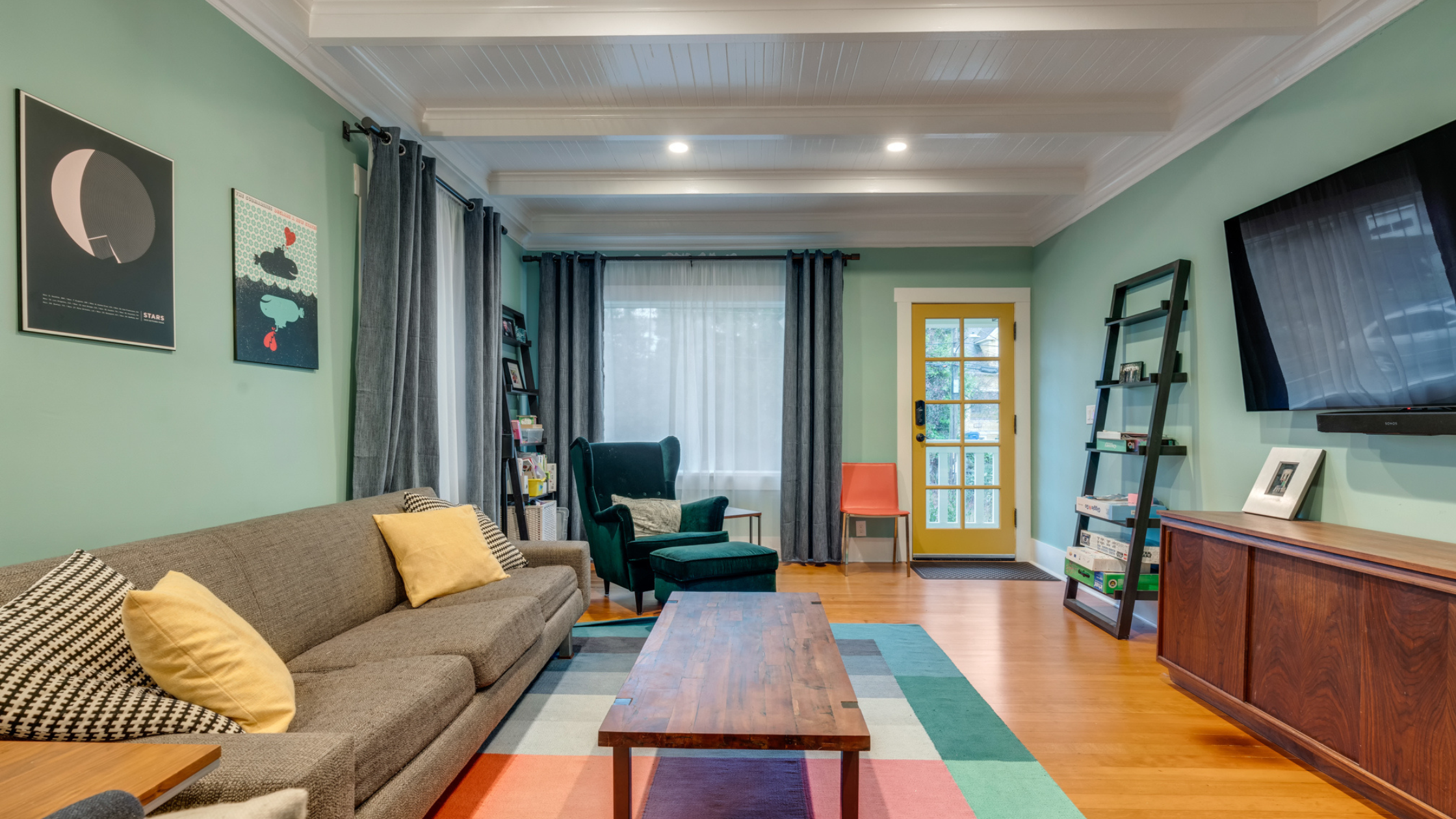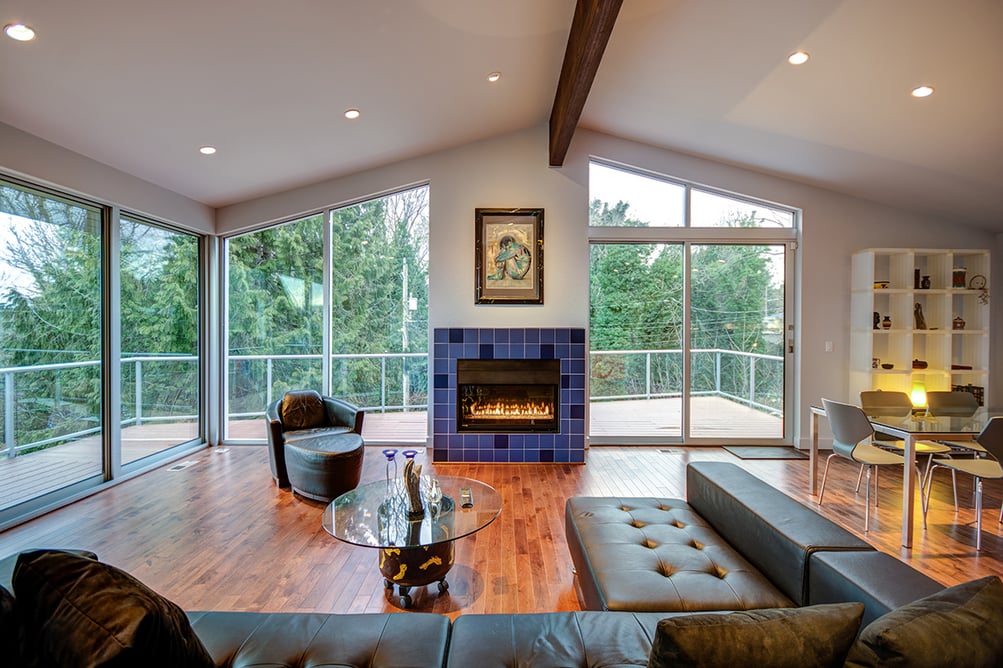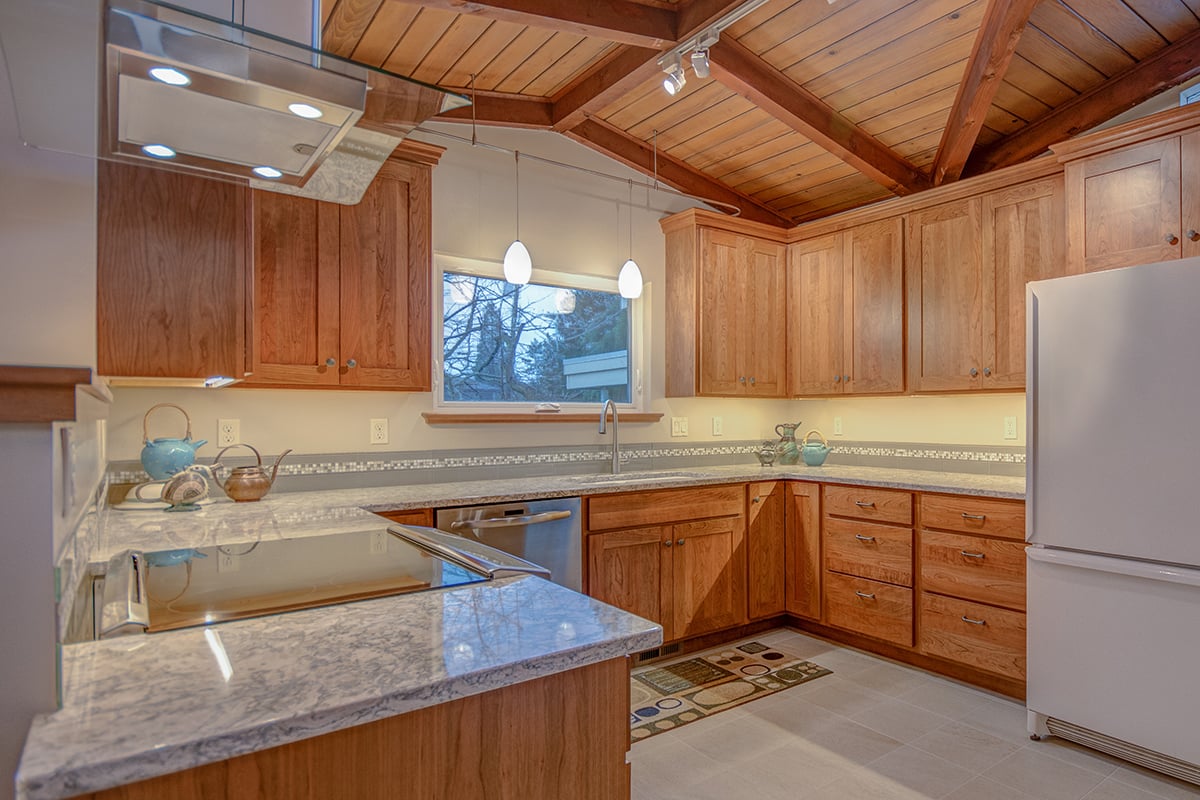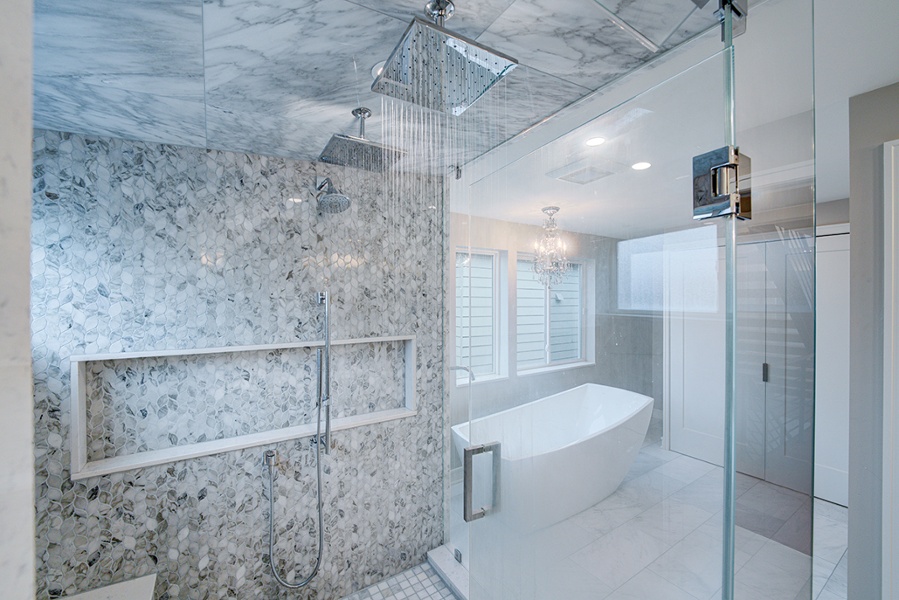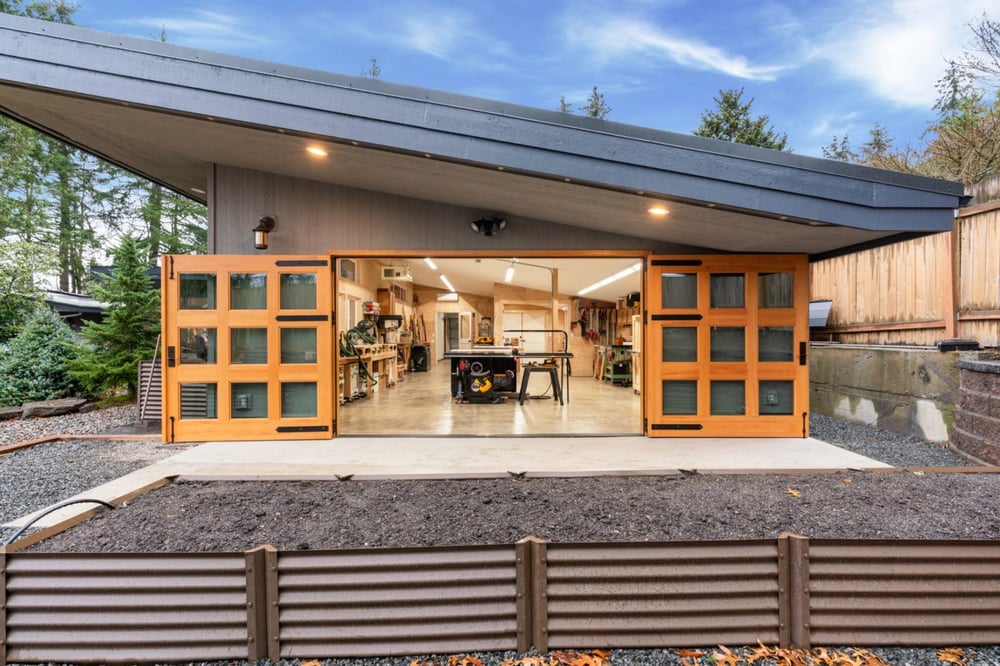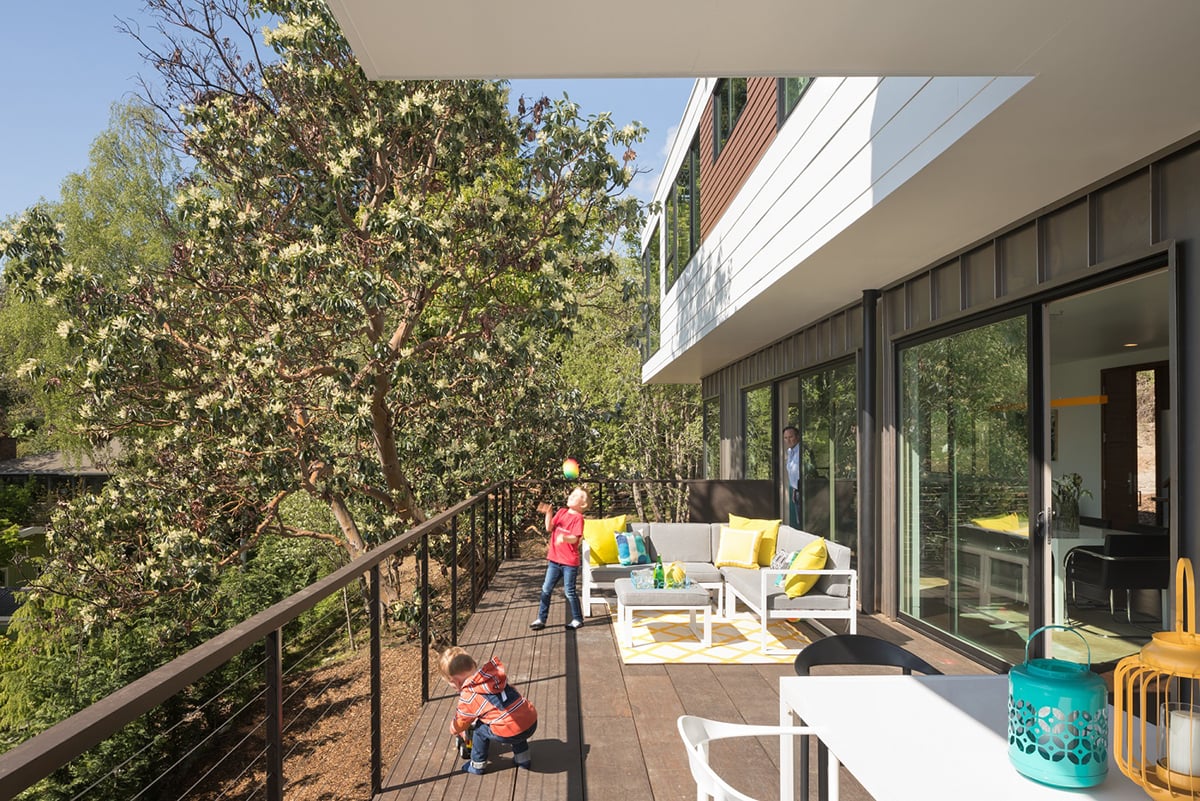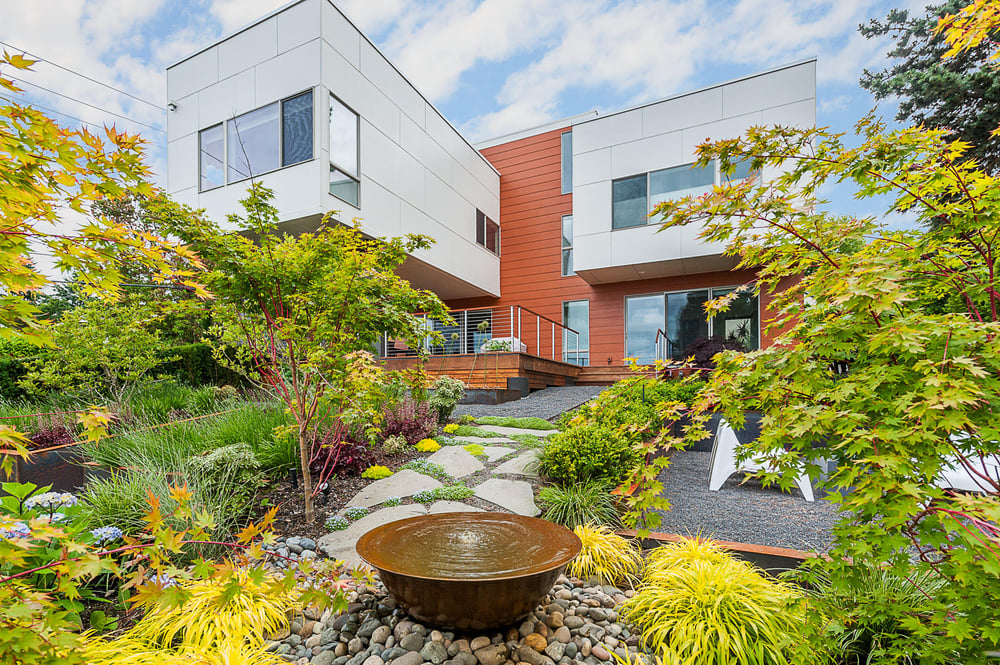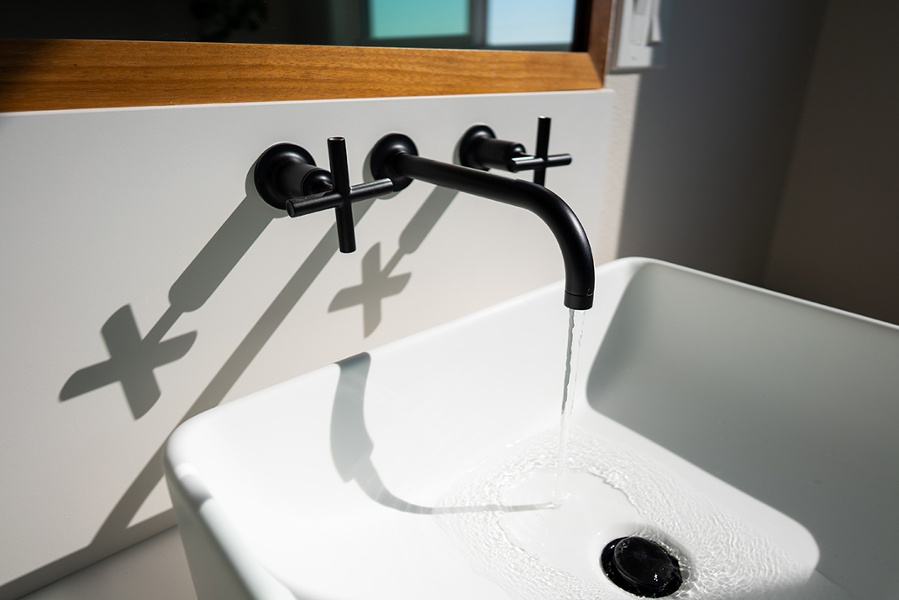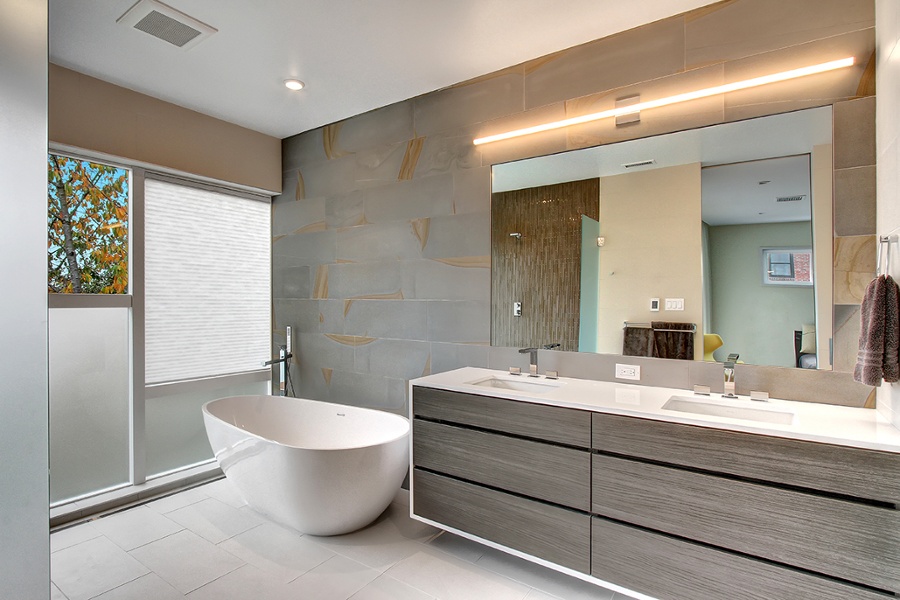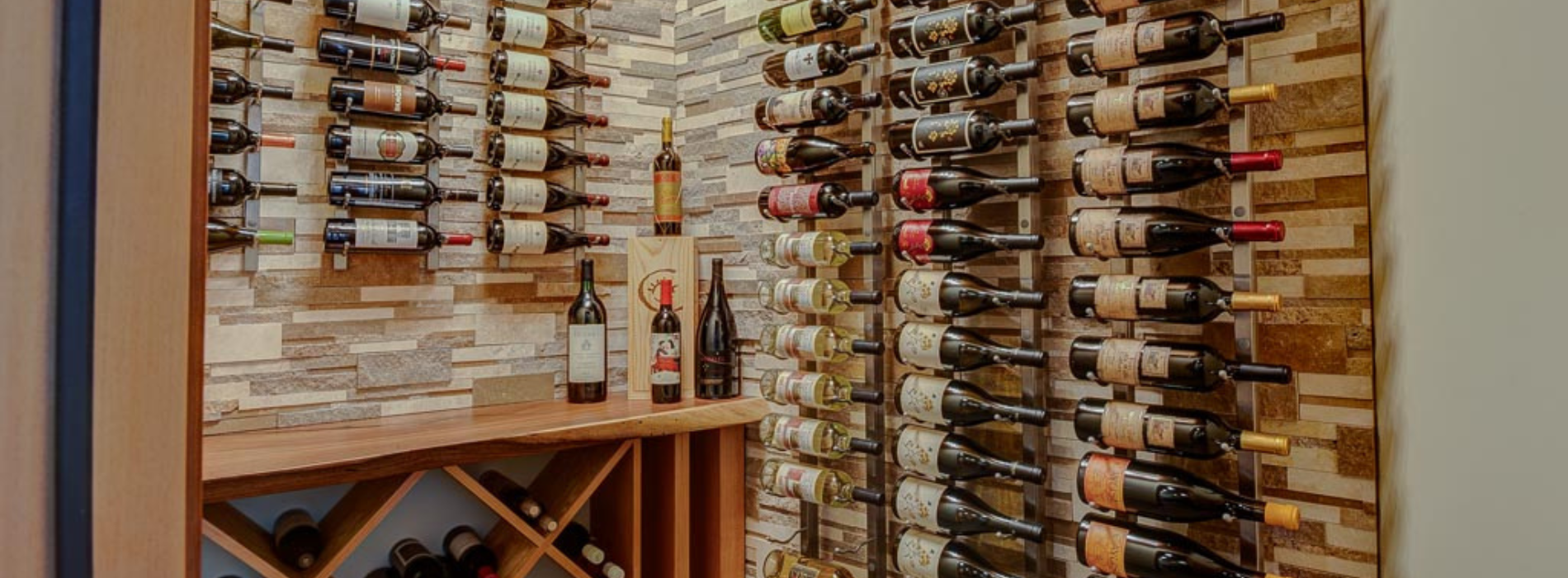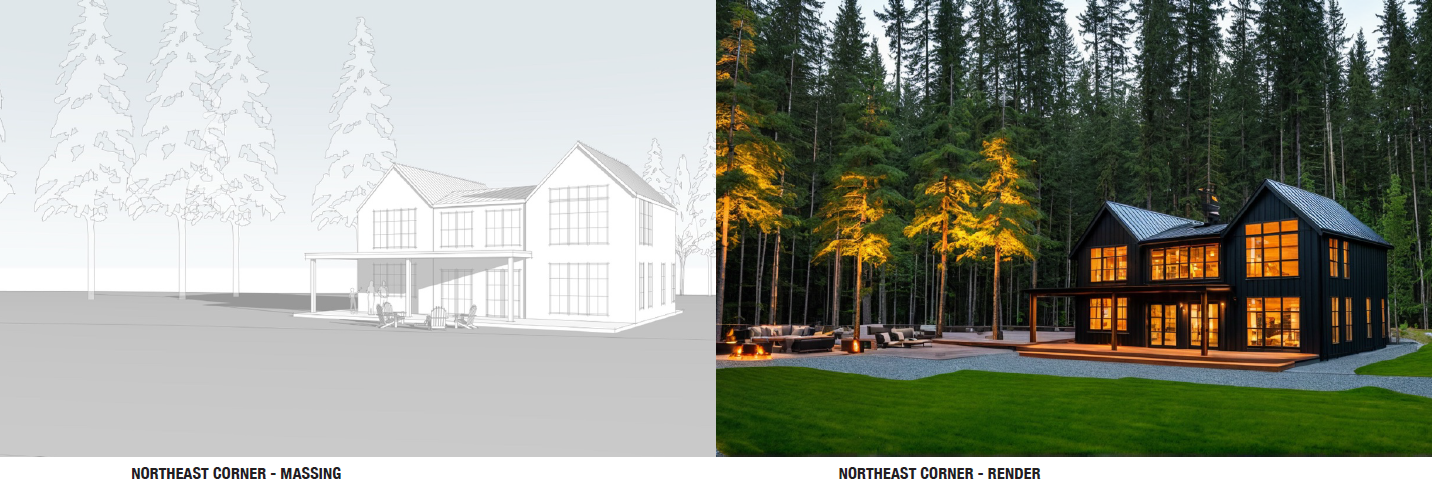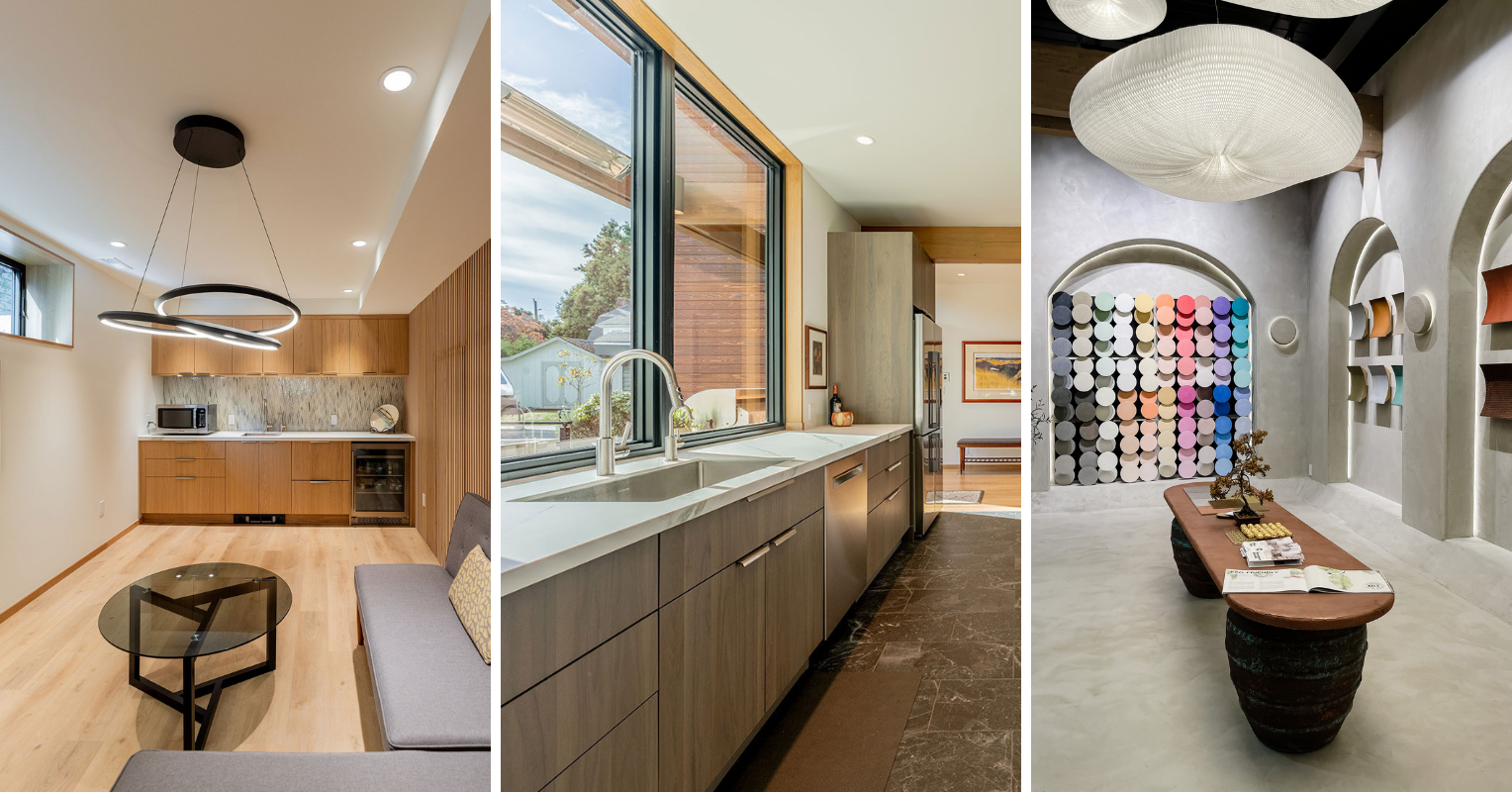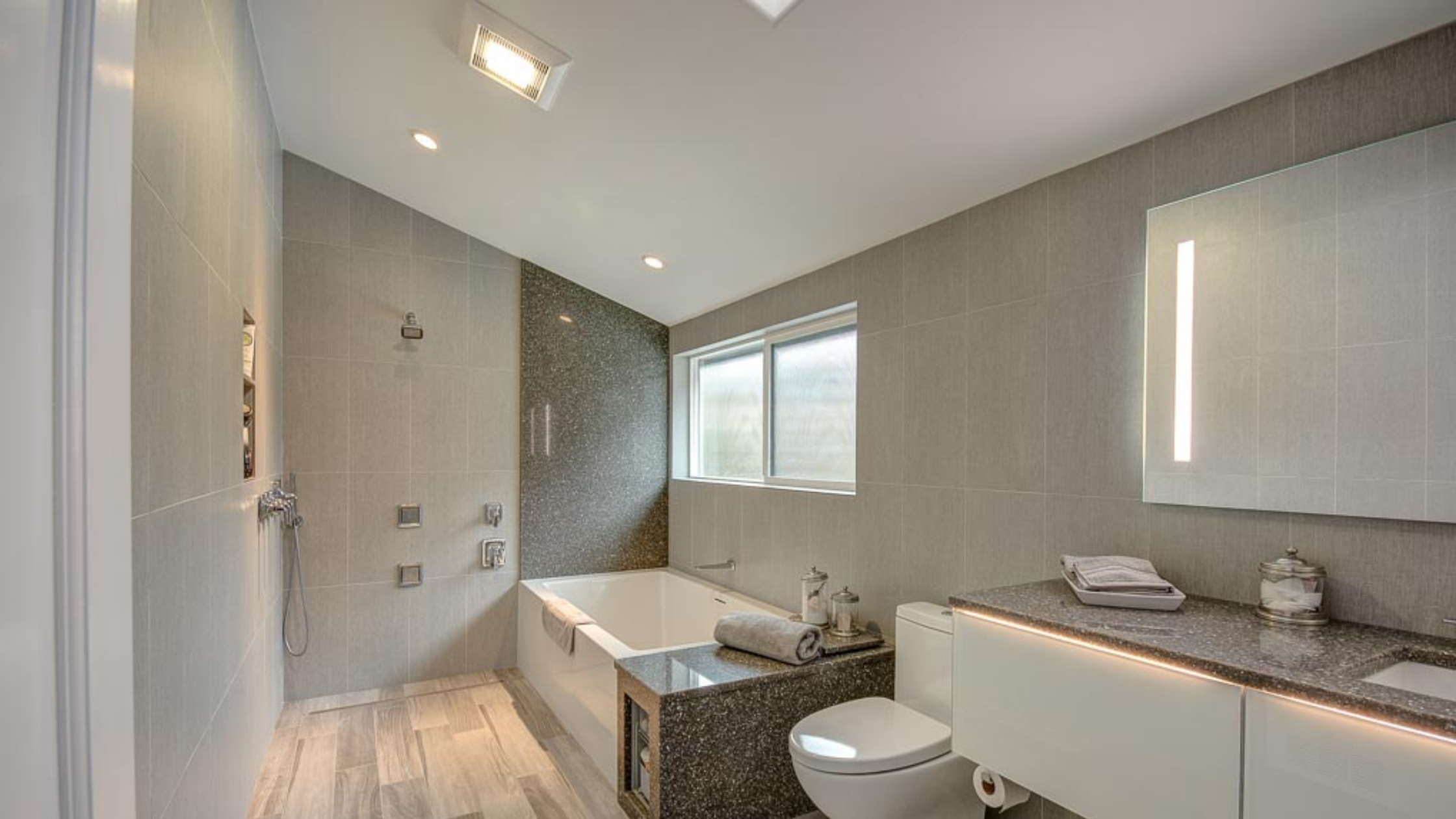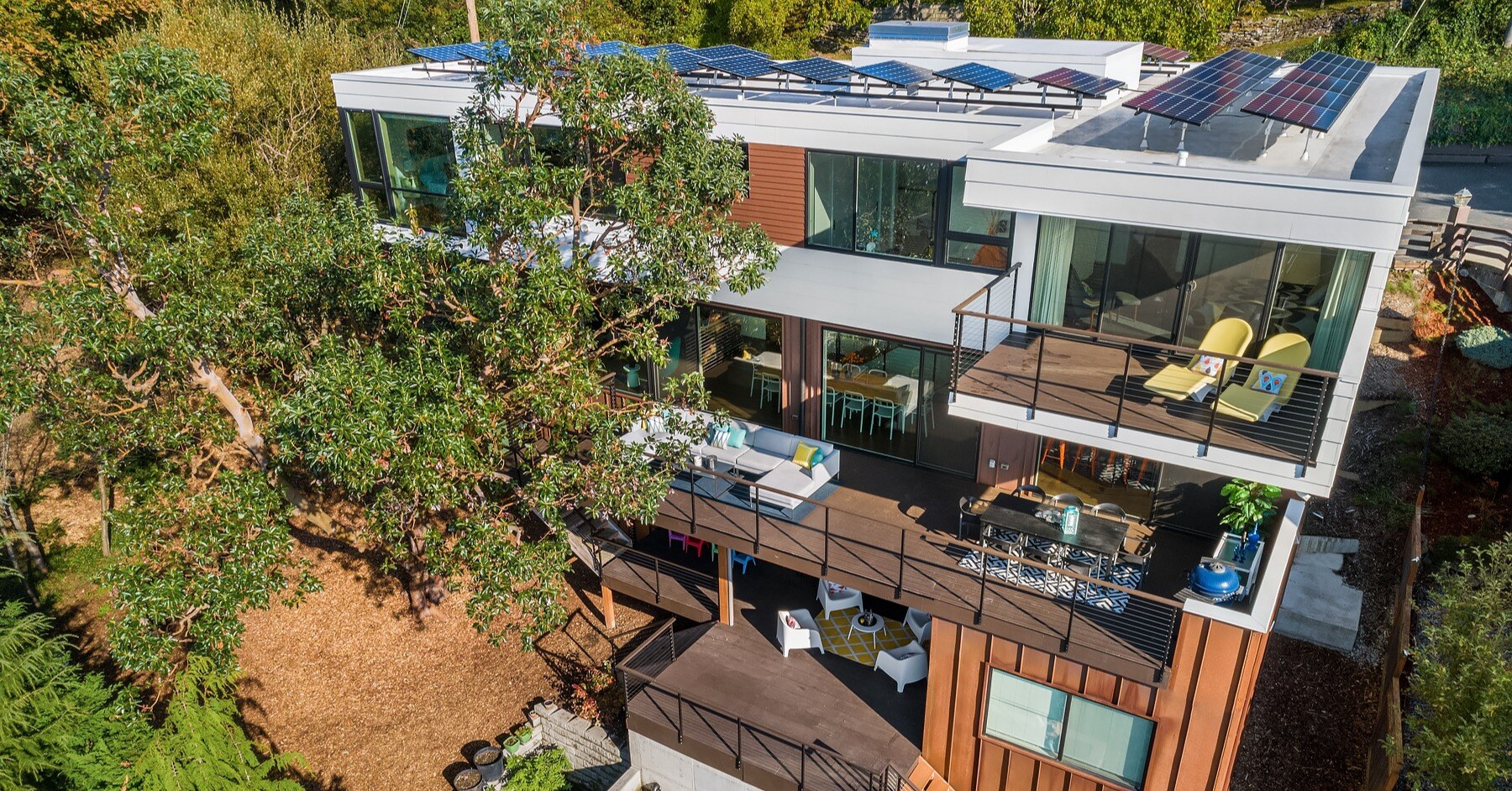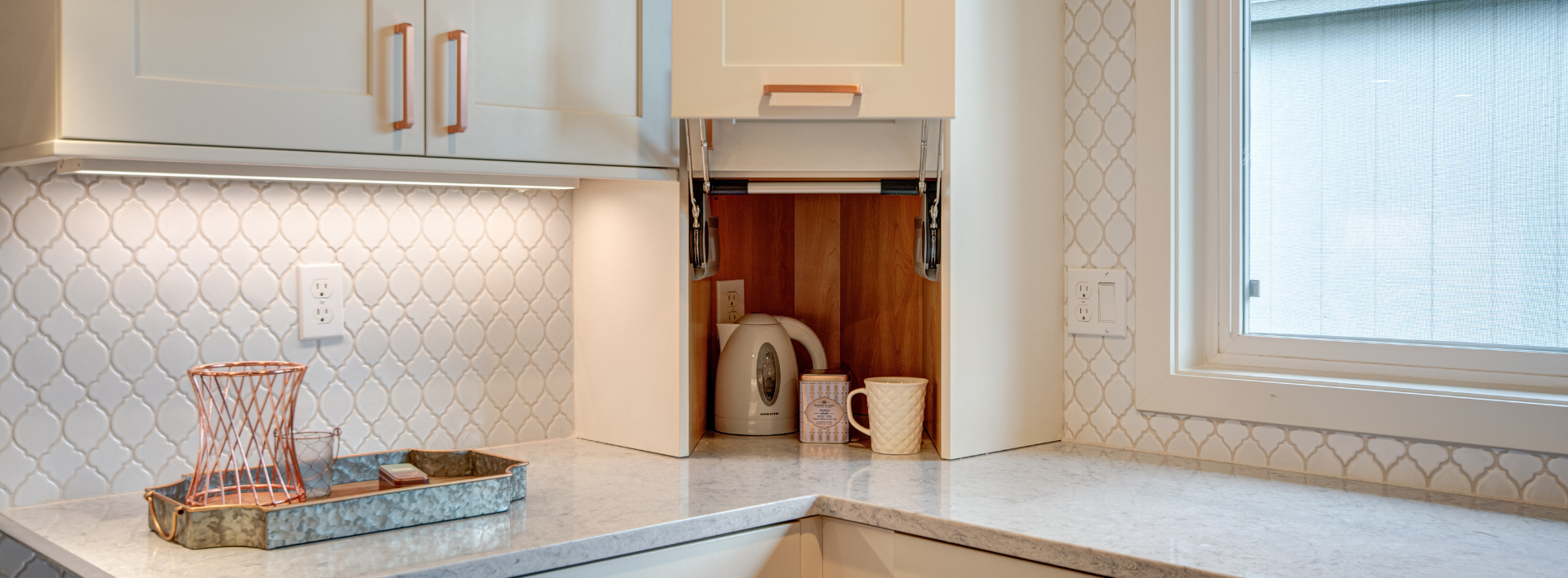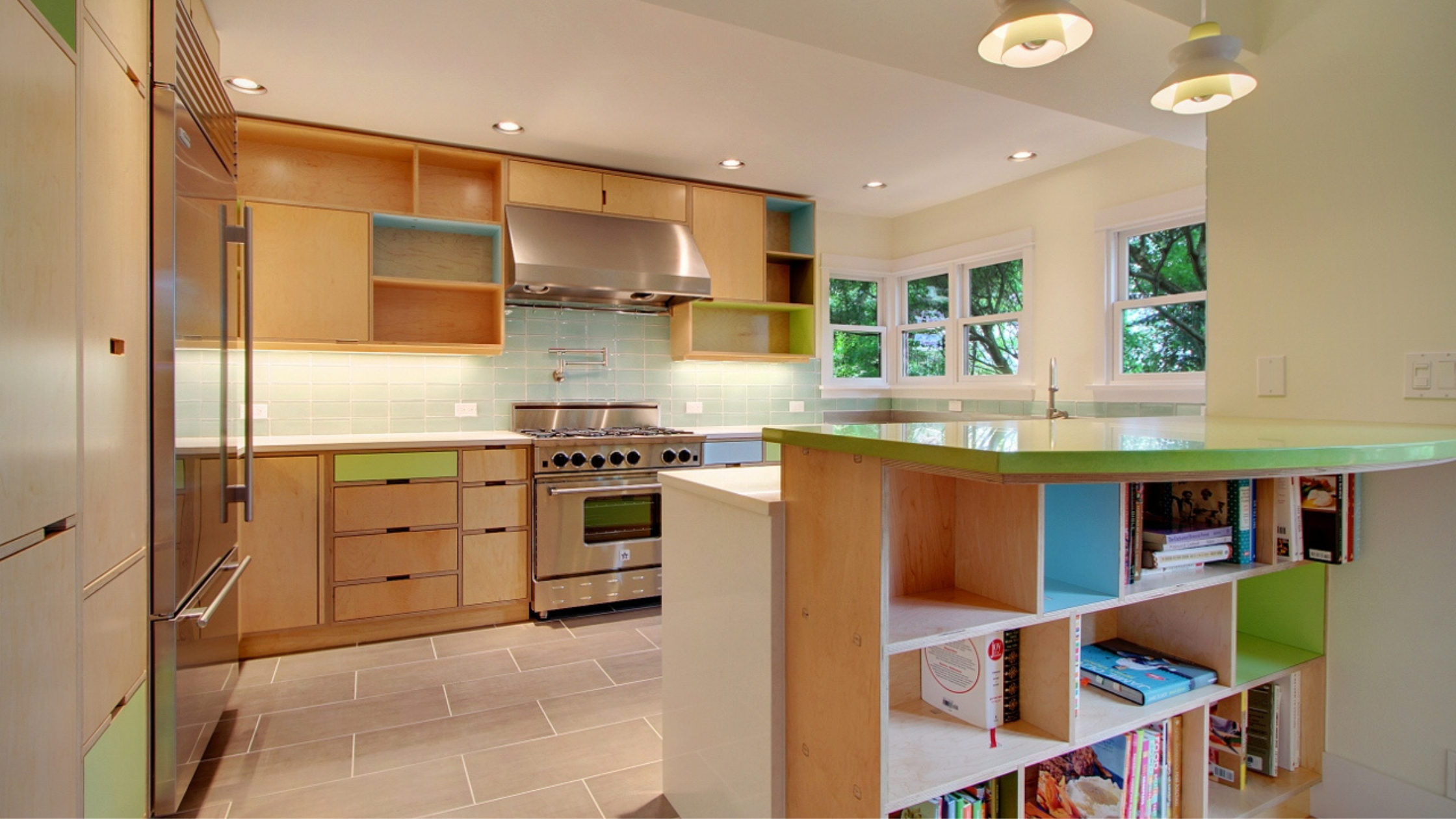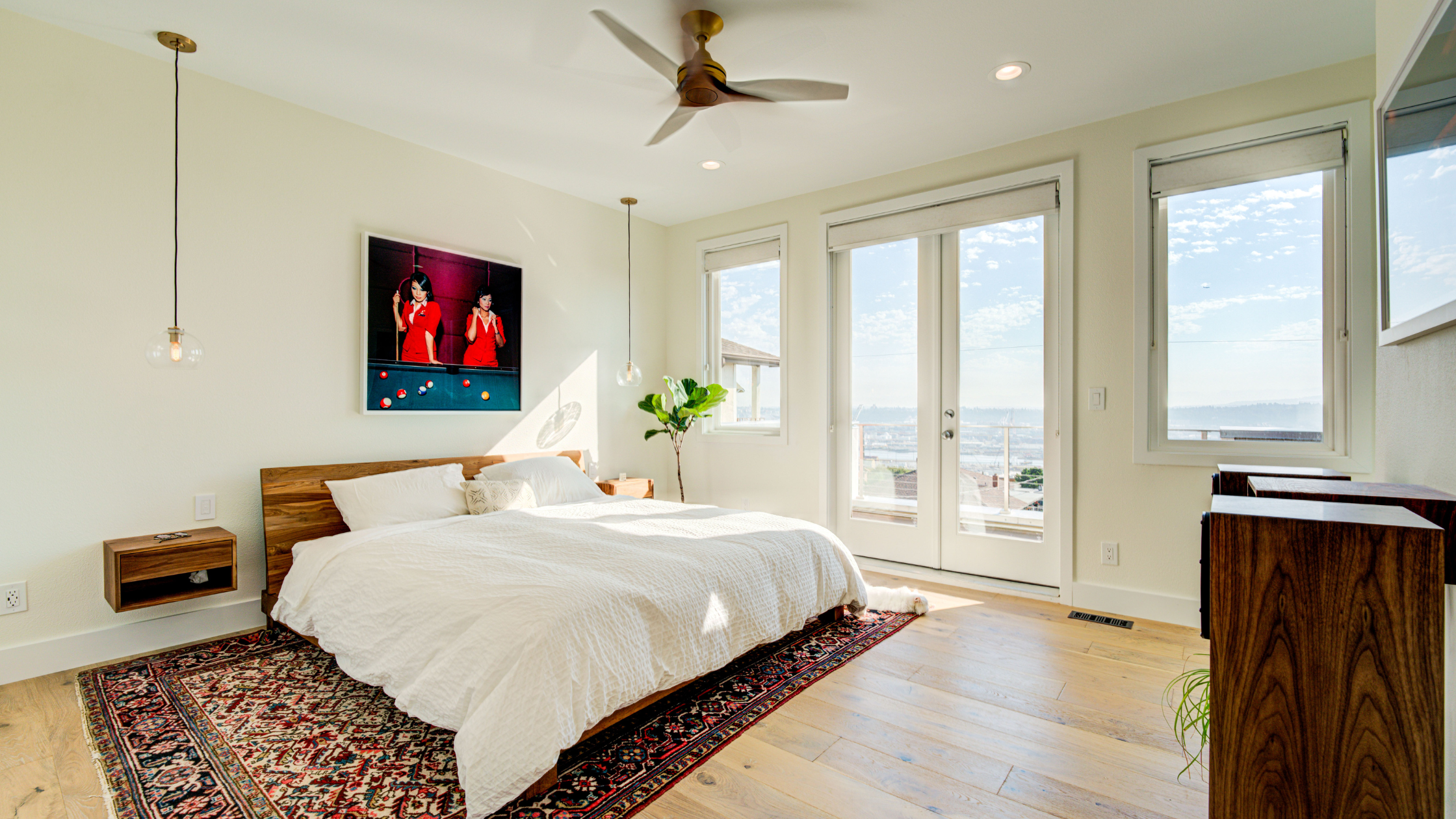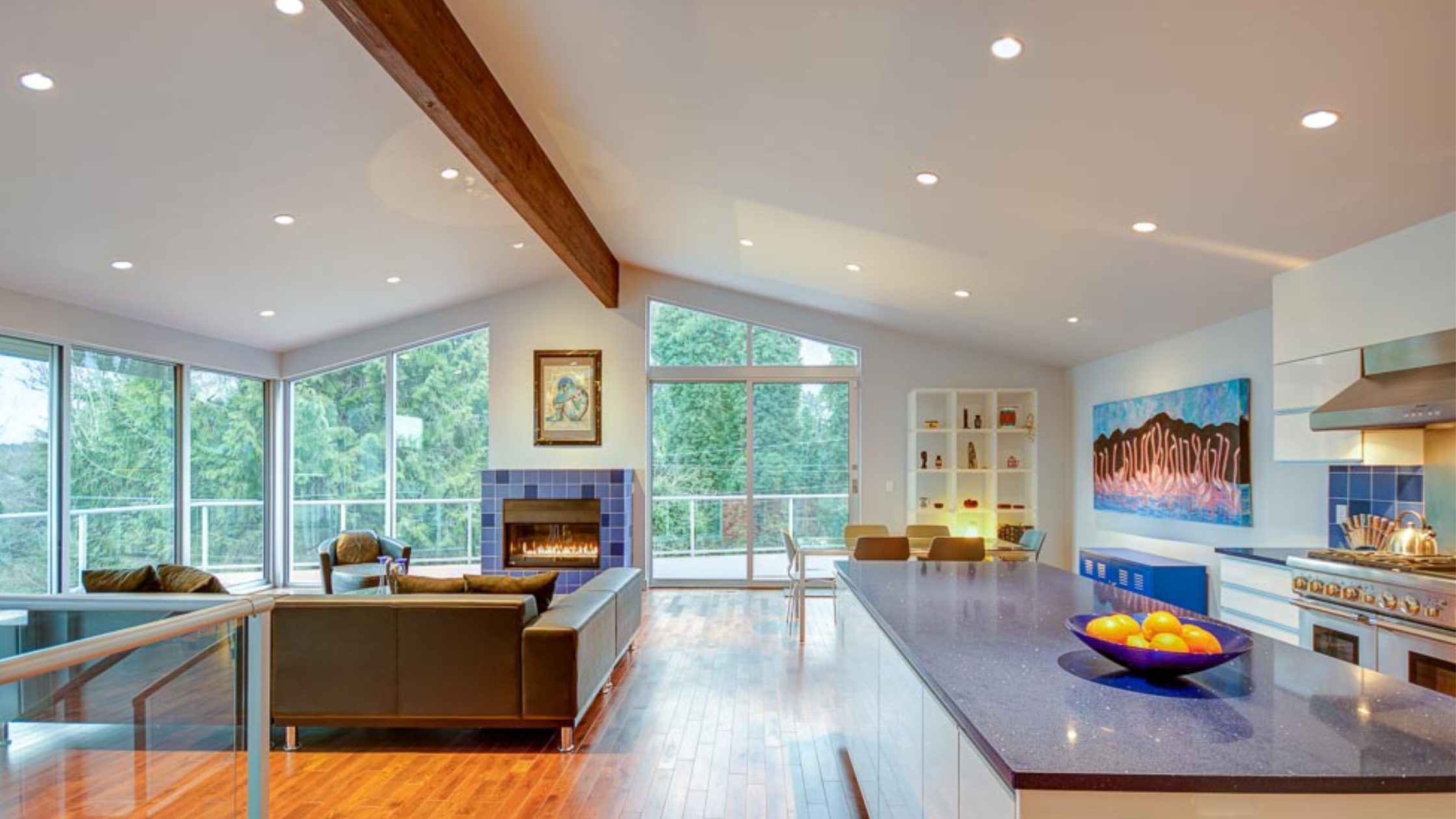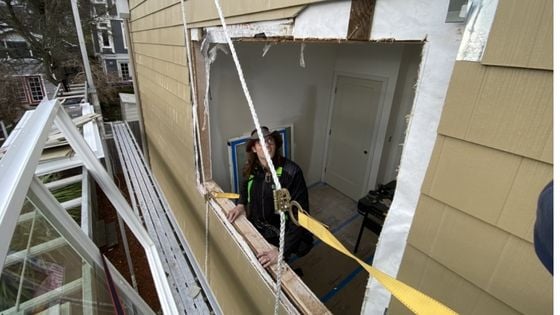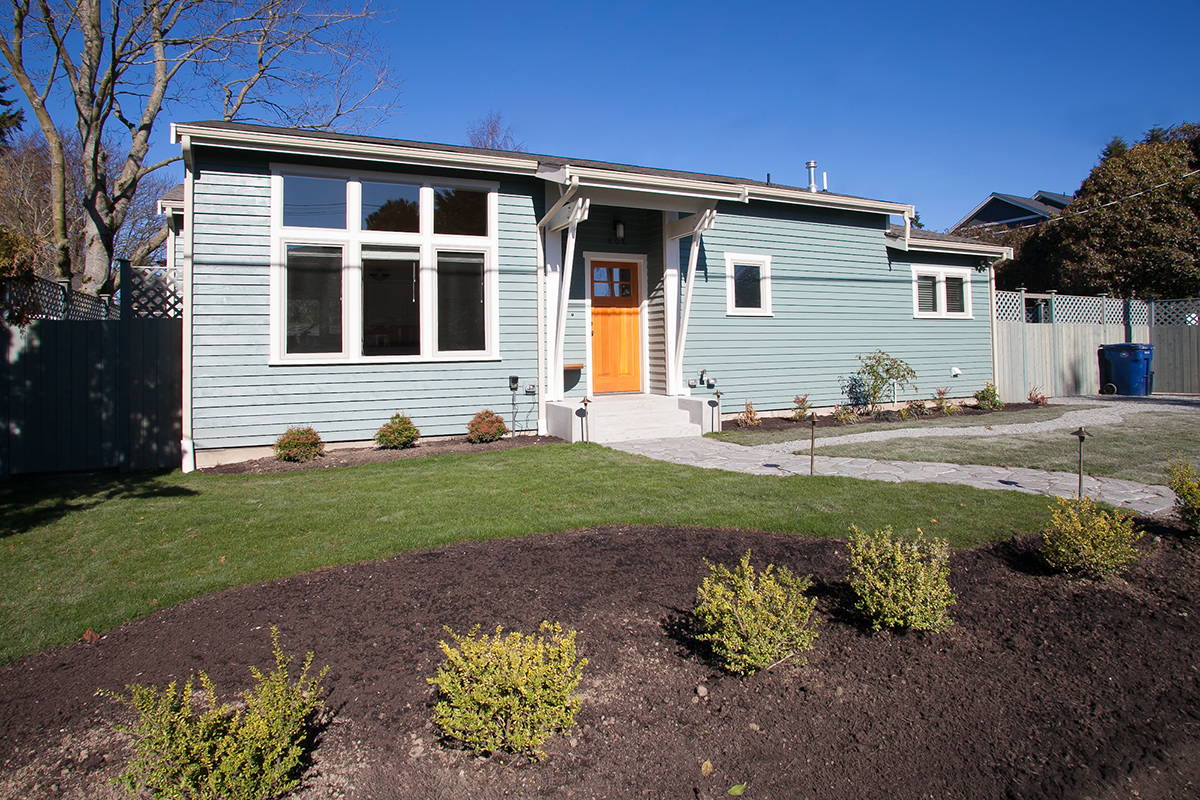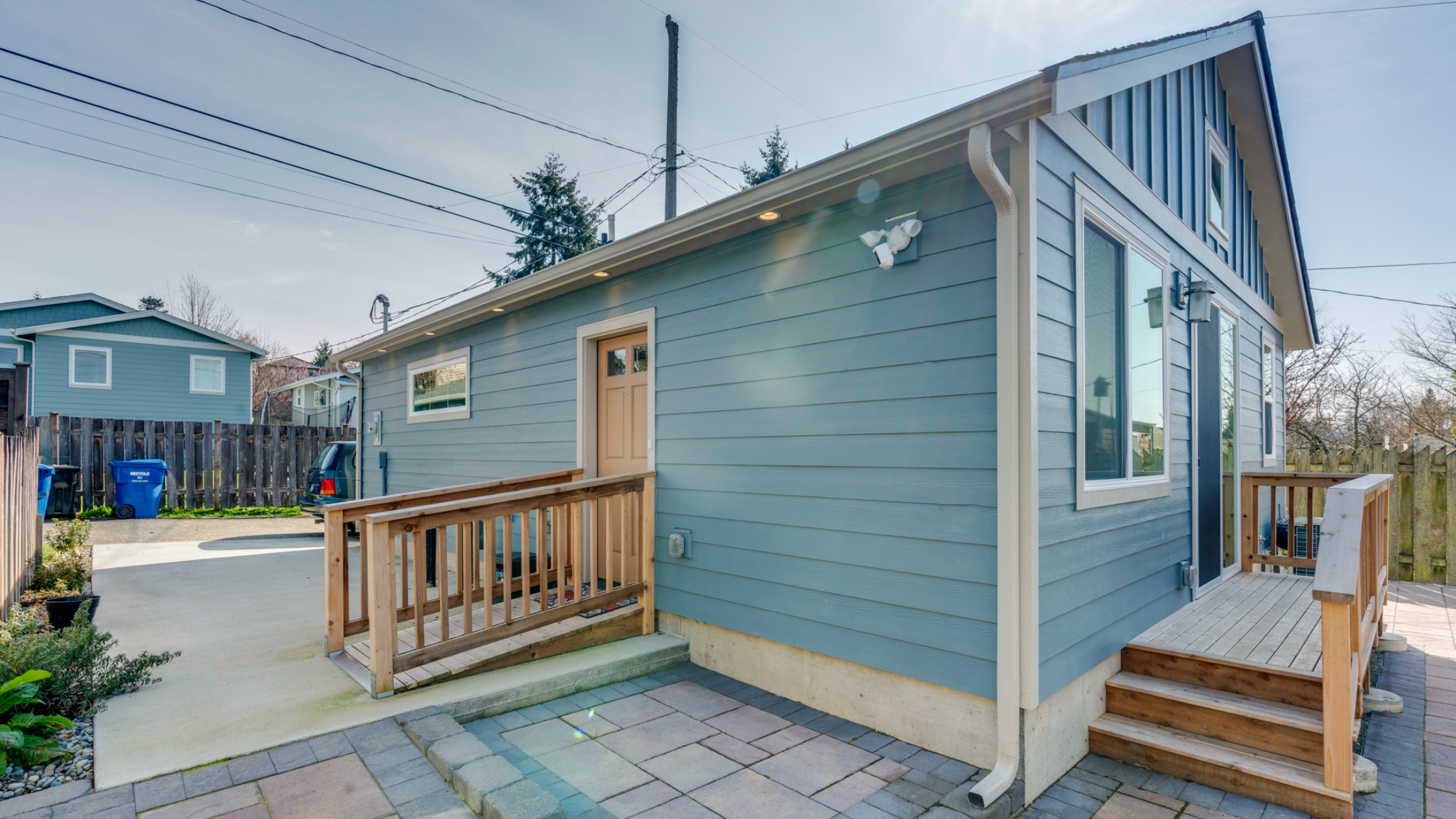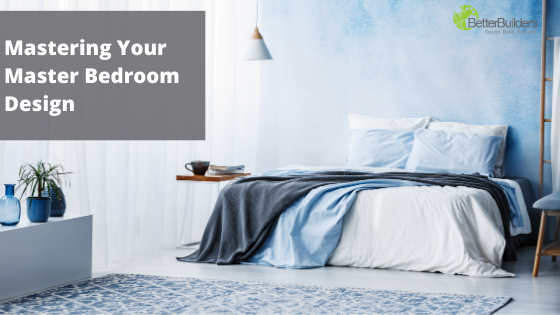Remodeling for resale value is a tricky evaluation. The amount of the increase will depend on the area of the home, the quality of the remodel, and the upgrades added. For example, projects like kitchen renovations will return (on average) 90% on the investment. As the property value increases, so does the return on the investment in your remodel.
In this article, we'll dive into the five crucial questions you need to answer to increase your home's value effectively. Whether you're planning to sell or simply want to enhance your property's worth, understanding these key factors is essential.
#1: Are Home Renovations Worth the Money?
The answer to this question, like many other remodeling quandaries, is it depends! Yes, remodeling is worth the investment for the increase in satisfaction with your living experience. Is living in a house you spend a lot of time in worth the renovation investment? Based on the American Time Use Survey, we spend about 62% of our waking time at home. In contrast, we only spent about 50% in 2019.
Before you decide what areas of your home need renovation, ask yourself how much value you assign to being happy and comfortable in that space. Renovations are likely to increase the resale ability and value of your house. We all know that updated, attractive homes sell quicker than outdated homes, but be sure to evaluate what you value first before the potential return on investment.
Seward Park Whole House Remodel
#2: What Home Improvement Projects Increase Home Value the Most?
Kitchen Remodel & Bathroom Remodels
Although kitchens and bathrooms are the top selling points, the cost of renovating these spaces typically comes at a higher cost. However, buyers see remodeling these spaces as incredibly impactful because they are the rooms in a home with the highest use. When done well, renovating kitchens and bathrooms often yield a high return on investment, usually ranging from 85% to 100%.
Renovating a bedroom is less costly than a kitchen or bath project but may only return 60-70% of the investment.
If you currently have only one bathroom on the upper level of your house, installing a bathroom on the first floor can significantly increase its value. A project like this will require a sizeable investment of both your money and time up front, but you’ll likely recoup your costs.
Entry and Garage Doors
The entryway and garage doors have the highest return on investment and make a big impact on the potential buyer’s first impression of the home.
The investment to add a new front door or repaint an existing door or garage that’s in good shape is relatively small, and the value is significantly more than the cost.
Replacing a front door alone will typically return between 110 - 130% on investment. The front door is usually the first thing homebuyers see, and it sets the mood for the rest of the home.
Low-Maintenance Upgrades
To alleviate concerns about purchasing a home that requires continuous upkeep, it may be beneficial to replace a significant feature, such as the furnace, water heater, or roof, prior to listing it for sale.
This proactive approach can reassure potential buyers and potentially increase the selling price by eliminating concerns about immediate repair expenses.
Energy-Efficient Updates
Updating your home to include the most recent energy-efficient upgrades like windows, appliances, a smart thermostat, and lighting will make your home more desirable among prospective buyers. Everyone wants lower utility bills, and this is confirmed by a study conducted by the National Association of Home Builders (NAHB) revealed that 83% of respondents want Energy Star-rated windows, and 81% want ENERGY Star-rated appliances.
What Does the Market Look Like?
Determining the “best” updates depends on what the market looks like. For example, in a sellers’ market, the aesthetic piece isn’t as important as it would be in a buyers’ market.
In a buyer's market, you would want to update eye-catching “basics,” like adding or reapplying paint to the home’s exterior, re-doing your hardwood floors, installing new flooring, adding a fresh coat of paint in a neutral color, updating light fixtures and faucets, cleaning up the home’s landscaping and adding new mulch, adding a fresh backsplash to your kitchen, and swapping out the old carpet.
#3: What Brings Property Value Down?
While it may not be in the budget to do any major renovations, there are a few things to keep in mind that may drag your home value down.
-
Removing bedrooms can have a negative impact on prospective buyers. For example, converting a 3-bedroom home into a 2-bedroom house with a walk-in closet or turning a bedroom into a dedicated office space could decrease value.
-
Removing a bathroom to make a closet or other space will have a significant negative impact on the value of your home.
-
Taking out the only bathtub in the home may not reduce the value of the house, but it may narrow the number of potential buyers who would be interested in the home. People with young kids or those considering starting a family will want at least one bathtub in their home. You may be excluding valuable prospective buyers.
-
Too much personalization in the décor, finishes, countertops, cabinets, etc., can also impact the number of people who would be interested in purchasing the home. When someone walks into a house, and all they can see is everything they will need or want to change, it’s a harder sell. It becomes increasingly difficult to convince someone to buy a house when they walk in and immediately see all the things they want to change or improve.
-
Unsightly curb appeal can immediately set a negative tone for the buyer. Remember, this is the first thing people see when they arrive at your property. If you have a broken front doorknob, broken gutters, unkempt landscaping, and a cracked driveway, those are all considerations the buyer will weigh when deciding to make an offer or not.
#4: What Percentage of a Home’s Value Should be Spent on Renovations?
There isn’t a set rule of thumb on how much you “should” spend on a home renovation. This is an individual decision depending on property location, the condition of the house, the neighborhood and nearby school system, how much value the investment will add to the property, and what value you assign to an update.
Just because 50% of your house value is $500,000 doesn’t mean you have $500,000 to spend on a renovation. Alternatively, maybe you do have $500K to remodel with if you purchased your house at a good price and the neighborhood would support the added value. Having the money to remodel with, however, doesn’t automatically mean it’s worth spending.
We recommend consulting with both your real estate professional and a trusted building professional when deciding if renovating to sell is in your best interest.
#5: What Do Appraisers Look For?
Appraisers are looking at not only the space but also the quality of the space. Professional appraisers can tell a well-executed remodel from a poorly executed remodel. This is why you should heavily consider the costs and benefits of remodeling options and always work with a trusted professional builder. Pouring the money into a renovation that ends up working against you is heartbreaking.
A few of the basics appraisers are looking for are:
-
Number of bedrooms
-
Number of bathrooms (½, ¾ or full)
-
Livable square footage (both built home and total property)
-
The quality of the finishes in a home (hardwood floors, carpet, tile vs. laminate, granite vs. marble)
-
Exterior items like structural cracks, roof quality, and driveway condition
-
Overall condition of the home and living space or potential maintenance issues
Remodel for Your Value
There is never a guarantee that your property value will increase based on the updates you put into the home. However, well-done remodeling projects typically return 80-90% of the cost of the project to the value of the home immediately. The additional value you get is the enjoyment of living in a beautiful and functional space. Homeowners should remodel for their own value, not for resale value.
When you’re ready to begin planning your renovation project, we’ve created some tools to help you along the way. Download our eBook, "Space Planning 101: How to Renovate Your Home Layout to Improve Functionality."

